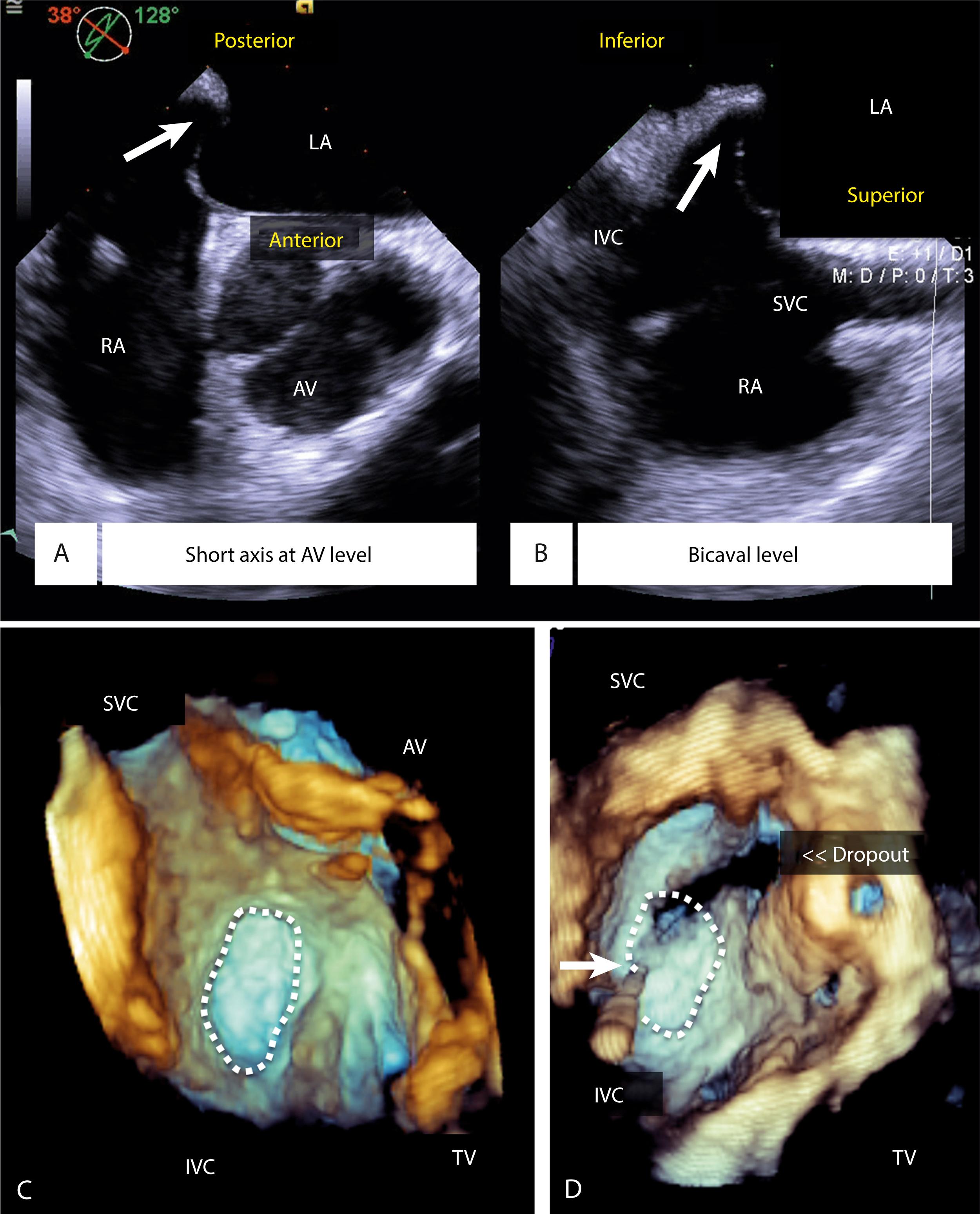Physical Address
304 North Cardinal St.
Dorchester Center, MA 02124
Atrial fibrillation (AF) is the most common cardiac arrhythmia in the world, affecting more than 3 million people in the United States alone. AF is defined as a supraventricular tachyarrhythmia characterized by uncoordinated atrial activation and consequent deterioration of mechanical atrial function. The incidence of AF in the United States is projected to increase to 7.56 million by 2050 as the population ages. AF may be considered valvular or nonvalvular in cause. Stroke and other manifestations of systemic thromboembolism can occur in both valvular and nonvalvular AF. As per the 2014 intersociety guidelines, nonvalvular AF is defined as “AF in the absence of rheumatic mitral stenosis, a mechanical or bioprosthetic heart valve, or mitral valve repair.” The need for a distinction between “valvular” and “nonvalvular” AF stems from the possibility of two distinct pathogenic mechanisms of thrombogenesis. The left atrial appendage (LAA) is the site of thrombus formation in approximately 91% of patients with nonvalvular AF and 57% of patients with valvular AF. Even though most AF-related thrombi form locally in the LAA, systemic anticoagulation has been the preferred method of thromboembolism prevention. However, systemic anticoagulants may be associated with significant bleeding risk (≤1.4% to >3% per year) and are contraindicated in certain patients. Both surgical and percutaneous approaches to LAA closure devised as alternatives to systemic anticoagulation are discussed in this chapter.
The LAA is a remnant of the primitive embryonic let atrium (LA). The remainder of the adult LA derives from the primitive pulmonary veins. The LAA is a complex structure and arises from the anterolateral portion of the LA. The interface between the LAA and the LA is the anatomic orifice, which is typically ovoid, separated from the left-sided pulmonary veins by the ligament of Marshall (also referred to as the left lateral or “Coumadin” ridge). The orifice then progresses to the neck region, then to the body, and ultimately ends in the apex. The LAA may additionally contain one or more lobes, defined as protrusions from its main body. The so-called “landing zone” region within the LAA is a virtual region specific for placement of endocardially delivered LAA occlusion devices.
There are multiple anatomic variants of the LAA that may impact LAA closure. These include the windsock, cactus, cauliflower (or broccoli), and chicken wing morphologies. The chicken wing LAA typically has a broad orifice or landing zone region and a shallow depth, which poses a unique challenge to percutaneous endocardially delivered intra-LAA closure devices. This is in contrast to epicardially delivered or extra-LAA closure devices, which are less affected by LAA anatomic variations.
The first surgical amputation of the LAA was likely performed in New York by the renowned cardiothoracic surgeon John L. Madden at King’s County hospital in February 1948. However, soon after this, surgical LAA amputation was no longer favored because of poor postoperative outcomes, and the newly discovered vitamin K antagonists demonstrated efficacy in providing systemic anticoagulation.
After more than 40 years of dormancy, enthusiasm for surgical LAA closure was reborn in the 1990s by Cox with the Maze procedure, which included LAA removal and became routine during mitral valve surgery. , Multiple techniques and devices have been developed for surgical LAA exclusion. These have included stapled excision, LAA removal with neck ligation, stump oversew, purse-string techniques, radiofrequency tissue fusion, and the AtriClip (Atricure) a novel LAA exclusion clip. Because surgical LAA closure is typically performed as an adjunct to other cardiac surgeries, the number of eligible patients for this type of therapy may be limited.
All percutaneous LAA occluder implantation procedures require peripheral venous access, typically via a femoral vein; however, a superior vena cava (SVC) approach has been described. Subsequently, transseptal puncture is performed to access the LA from the right atrium (RA). After transseptal puncture, specific steps for deployments of individual occluder devices are taken. From the transfemoral approach, a delivery catheter and dilator are passed through the inferior vena cava into the RA and then temporarily placed in the SVC. Under fluoroscopic and transesophageal echocardiography (TEE) guidance, a needle–catheter assembly is then withdrawn from the SVC into the RA and positioned against the interatrial septum. Echocardiographic guidance is crucial for proper transseptal puncture. Typically, the ideal location for transseptal puncture in LAA closure procedures is the inferoposterior portion of the interatrial septum, which provides the most direct route to the anterolaterally located LAA. When the echocardiographer provides real-time TEE imaging to an interventionalist, it is useful to label superior, inferior, anterior, and posterior location in the echocardiographic image ( Fig. 171.1 ). After proper position is confirmed, the needle is advanced, creating a transseptal puncture. Subsequently, the dilator and sheath are then advanced into the LA together to avoid wall injury. A wire is then inserted into the LAA that is typically positioned in the left superior pulmonary vein, and finally the dilator and sheath are removed.

Atrial septal aneurysm (ASA) and marked lipomatous atrial septal hypertrophy (LASH) may present anatomic challenges to successful transseptal puncture. ASA is associated with a highly mobile interatrial septum and may increase the risk for LA wall perforation. In the presence of LASH, the thin central portion of the fossa ovalis should be punctured if possible, as opposed to the hypertrophied limbs. Three-dimensional (3D) TEE imaging using 3D zoom of the interatrial septum may be helpful in guiding TS puncture to the inferior and posterior location. A step-by-step approach for the production of high-quality views of the interatrial septum by 3D TEE has been previously described using the TUPLE (tilt up then left) maneuver.
Become a Clinical Tree membership for Full access and enjoy Unlimited articles
If you are a member. Log in here